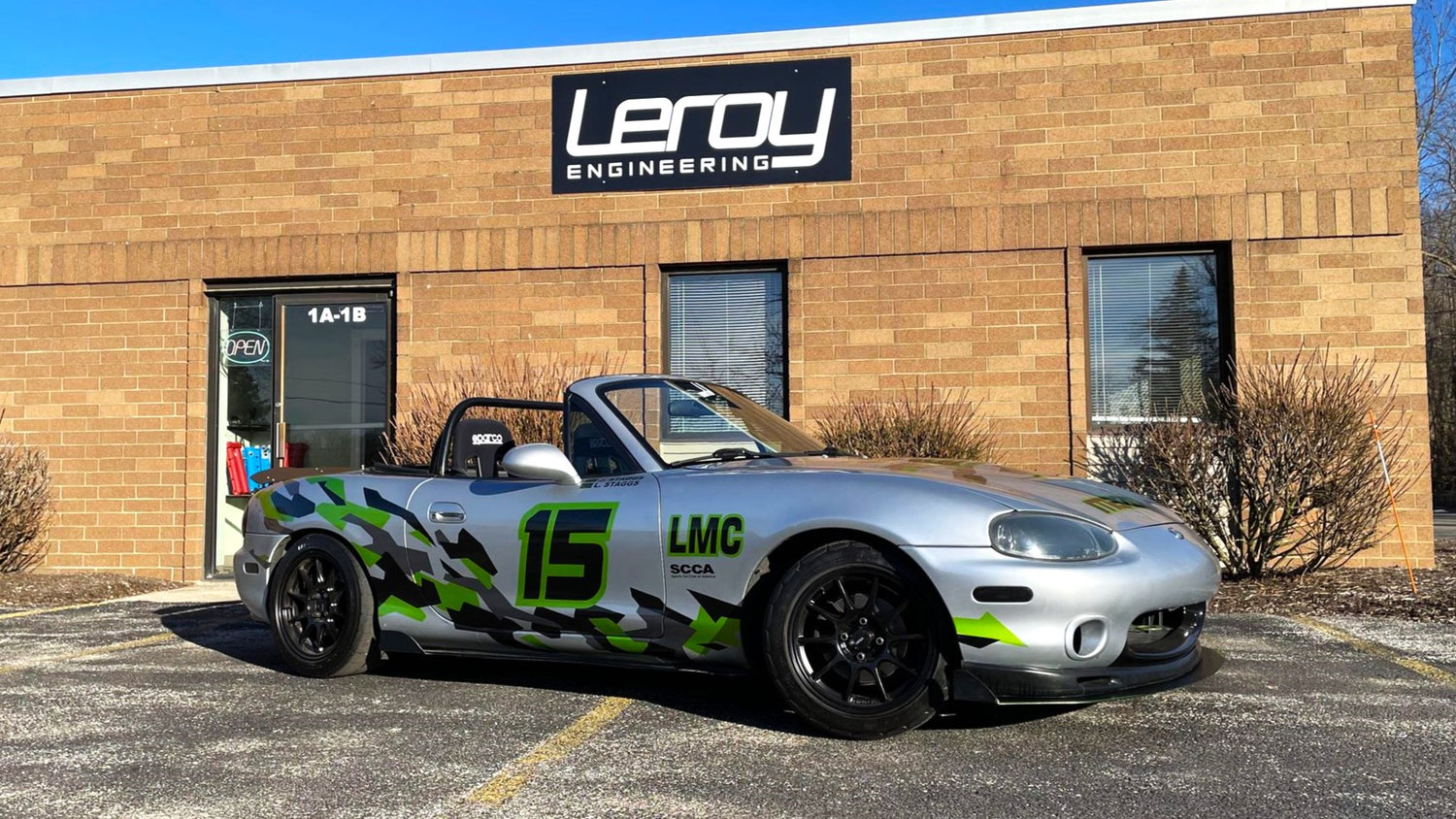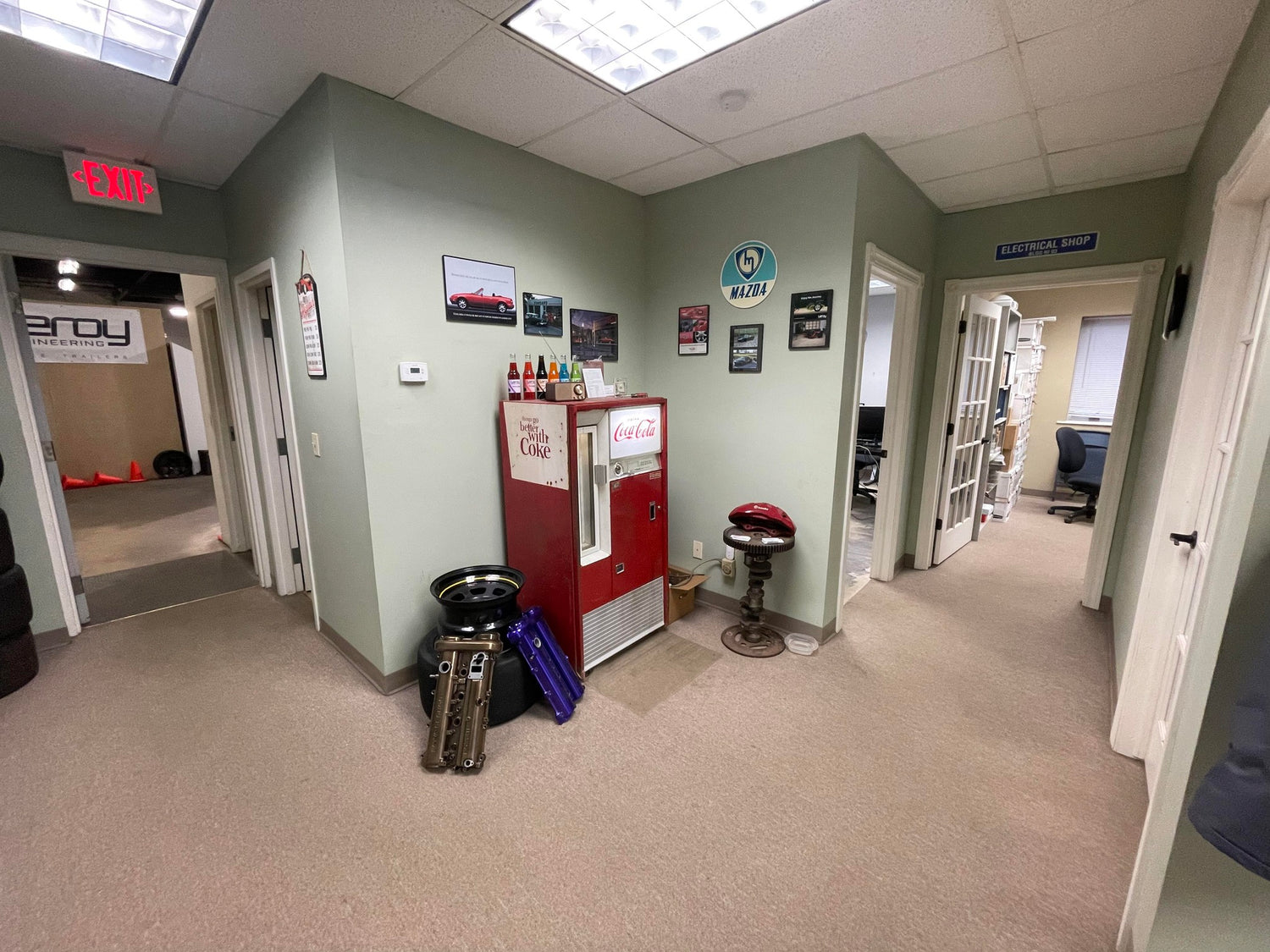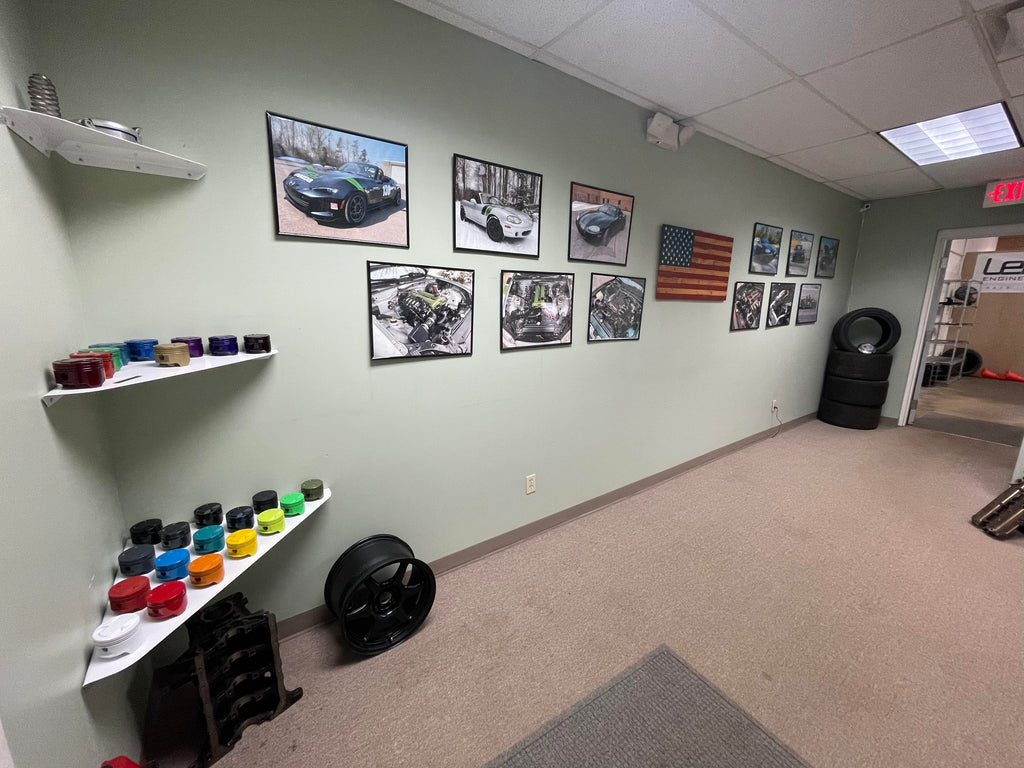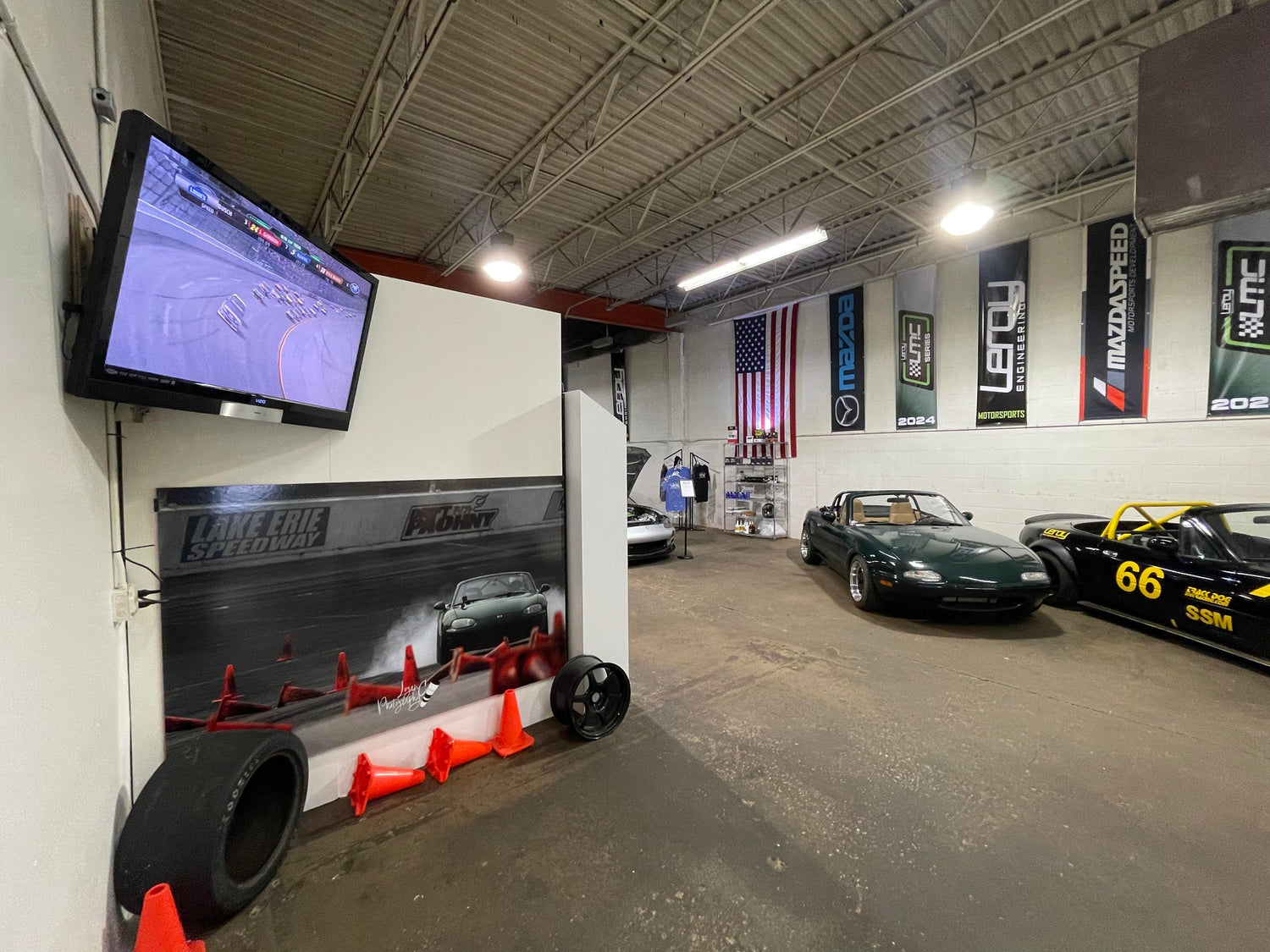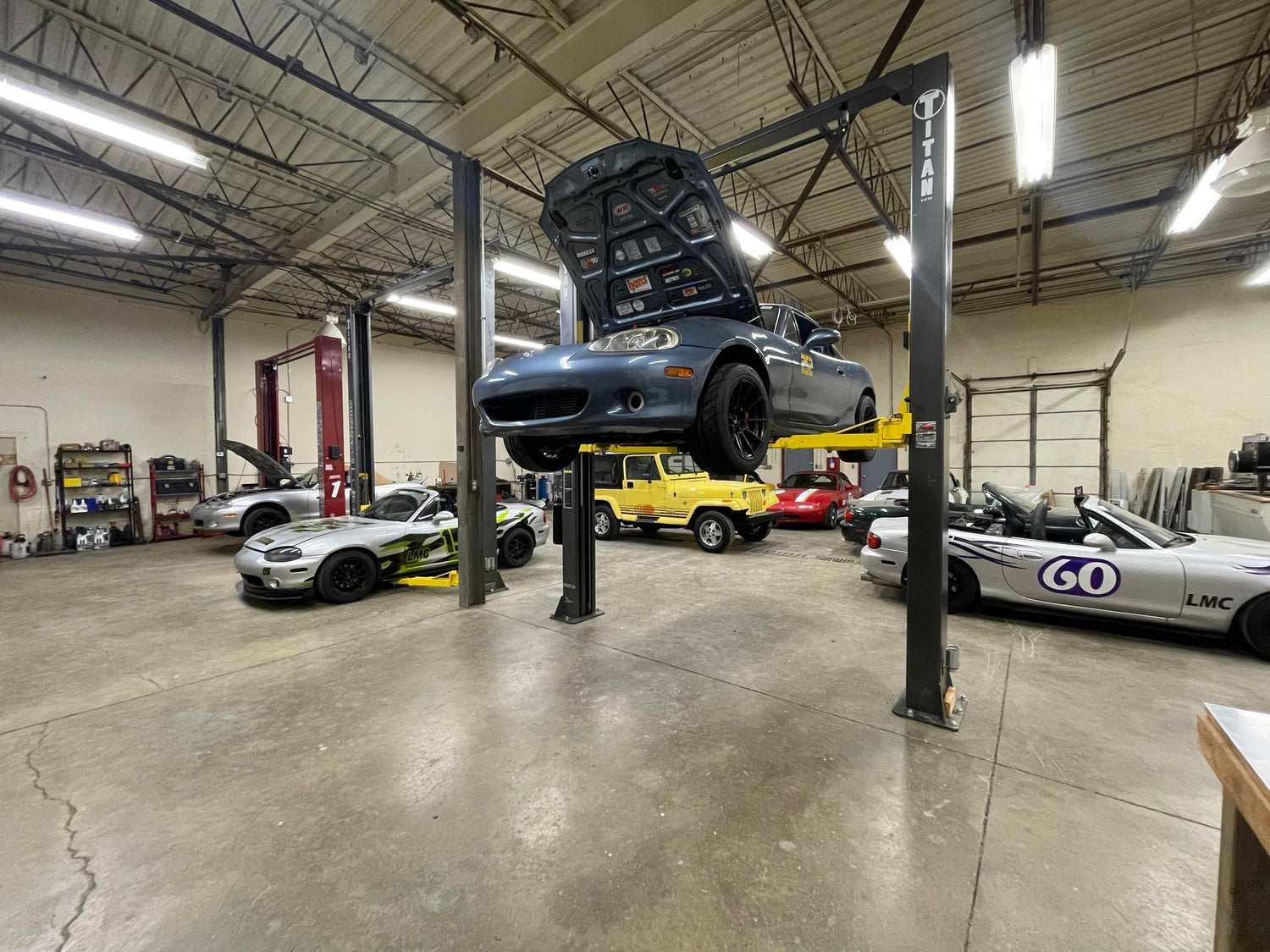Contact Leroy Engineering
11993 Ravenna Road Bldg 1 Unit 1
Chardon, OH 44024
440-596-3066
Contact form
Car Builds FAQs
Introduction
Welcome to Hot Rod life! Cars are wonderful machines, full of joy, excitement, and fun! But they are also very complex, man-made machines.
In today’s world of classic car TV shows, where perfect vehicles get turned out in a few days and drive away, there are a few misconceptions that catch people off guard. In this article, we are going to explain some of the differences between a modern day “new” car, and a restored or restomod classic.
Is a restored (restomod) of a classic car like a new car?
In general, not quite. It may run like it did when it was new, but every restoration of an older car will require the use of used parts. This is due either to new parts not being available, or it becomes cost prohibitive to replace all parts with new parts.
Used parts will be cleaned, machined, and restored, but they are still 20 to 30+ year old parts. These parts have gone through 20 to 30+ years of temperature cycling, vibration, and aging. Metal fatigue may have occurred that is not obvious during the restoration process. Plastic components, hoses, sensors, housings, etc. can become brittle or less pliable over time.
This is true not only for the Miata, but any classic car. The restored or restomod car will be vastly improved and may run as well or better than it did when new, but the remaining older parts required to complete the build may not have the same life expectancy as they did when new.
Is a rebuilt engine like a new engine?
In general, not quite. It may run like it did when it was new, but every rebuilt engine will require the use of used parts.
For the Miata, used parts include the block, crankshaft, intake, valve cover, OEM rebuilds, and connecting rods. Care is taken to inspect, clean, and machine these parts to prepare for the build, but 20 to 30+ years of heat cycling and 100,000+ miles of use will cause metal fatigue that is not always obvious during the restoration process. As is common for many classic car engines, most of these parts are no longer available new. The used parts are all we have.
The rebuilt engine will run as well as when it was new, but the remaining older parts required to complete the build may not have the same life expectancy as they did when new.
Why don’t you replace everything in the engine bay with new parts?
Two reasons—cost and availability.
Cost: When installing a re-built engine, there are many supporting items in the engine bay required for the engine to function. These include throttle body, IAC valve, EVAP system, fuel lines, wiring harness, sensors and plugs, ECU, fuel pump, etc. Replacing all of this is an available option but would nearly double (or sometimes triple) the cost of the build. Most people choose to accept the risk, and replace parts only as needed. Which means that once the car is “completed,” there is still the ongoing maintenance of replacing the original parts as they age and fail.
Availability: Not all of the engine-supporting devices in the engine bay are available new. Replacing them with new parts is not always an option.
What is the difference between a rebuilt engine and a refreshed engine?
Here at Leroy, we only do rebuilt engines. This is an engine that was 100% disassembled, and every internal piece that can be replaced is replaced.
A refreshed engine is typically defined as a motor where the seals and gaskets are replaced, but no new internal parts are used and the block, head, and crank are not re-machined.
Why does my engine “tick” (engine ticking sound)?
The NA Miatas (1990-1997) have HLA (Hydraulic Lash Adjusting) lifters, which means the lifters are pressurized by the engine oil to fill the gaps between the camshaft and the valve. For several reasons, the system on Miatas is particularly prone to “ticking”; this is a lifter that’s not fully pumped-up making a noise as the camshaft compresses it. While this is not desired, it is very common and harmless. Several different factors (low oil pressure, wrong oil weight, worn-out lifters, restricted oil passages, etc.) can contribute to this whenever the car is shut down and a cam lobe happens to park fully depressing a valve; the lifter will leak down and on the next start-up will take some time to pump back up. Hence, it is very common to hear lifter tick on a cold start.
The engine can also tick when it gets hot. This is due to the oil thinning out and the OEM design not supplying adequate pressure to compensate. (Mazda resolved this issue in 1999 by removing the HLAs altogether and going with a solid lifter design.) Many racers resolve this by running different oil weights, depending on the application.
During our OEM rebuilds, we disassemble, clean, and rebuild the OEM lifters. If a lifter is found to be damaged, we replace it with either a good used part or a new OEM part. We have found that even a full set of new OEM lifters does not guarantee a tick-free motor. Sometimes the ticking is resolved; other times the rebuilt engine still acts like a classic Miata!
I’ve heard of a “shakedown process.” What is that?
A restored car differs from a new production car in that it is a unique, one-of-a-kind vehicle that was hand assembled.
When a car is restored or rebuilt, there are hundreds (sometimes thousands) of parts that are removed, restored, and reassembled. It is a very complex system, and everything needs to be tested and broken-in on the road. Although the car is run and tested on a lift and/or dyno, the chassis has not been vibrated, jarred, or stressed until it is put out on the road and has a chance to go through several heat and vibration cycles. The first 200 miles or so on a new build are used to work out all the final details. This is a very normal process of any restoration and commonly referred to as the “shakedown” period.
